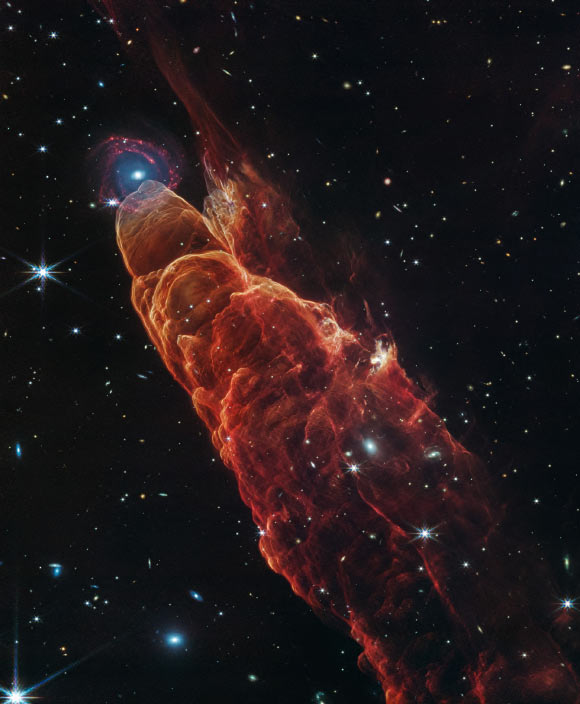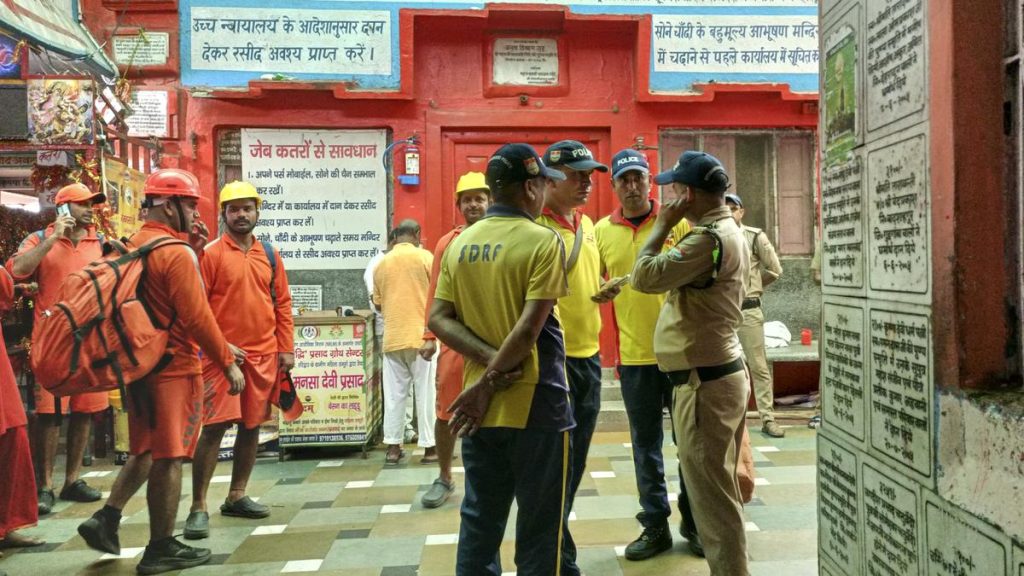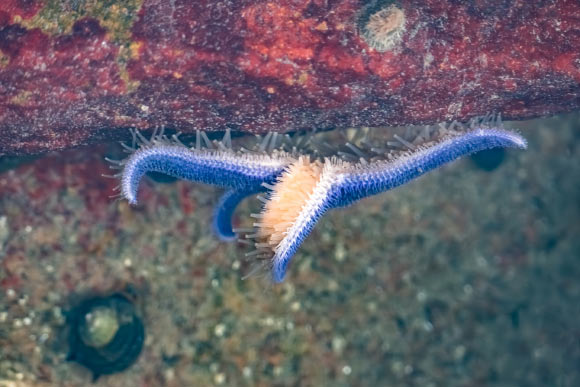Now Reading: Webb Telescope Captures Tornado-Like Herbig-Haro Phenomenon
-
01
Webb Telescope Captures Tornado-Like Herbig-Haro Phenomenon
Webb Telescope Captures Tornado-Like Herbig-Haro Phenomenon

Quick Summary
- Astronomers used NASA/ESA/CSA James Webb Space Telescope’s NIRCam and MIRI instruments to produce a high-resolution image of Herbig-Haro object 49/50 (HH 49/50), located approx. 630 light-years away in the constellation Chamaeleon.
- Herbig-Haro objects form when hot gas jets from newborn stars collide with surrounding material at speeds of up to 250,000 km/h, causing radiant shock waves. They frequently enough feature twin jets streaming in opposite directions through space.
- Past observations nicknamed HH 49/50 the “Cosmic Tornado” due to its helical appearance; Webb’s new images reveal intricate features and identify a distant spiral galaxy at the object’s tip.
- HH 49/50 is part of Chamaeleon I Cloud complex, an active nearby star-forming region potentially resembling the habitat where our Sun formed.
- The protostar Cederblad 110 IRS4 (1.5 light-years from HH 49/50) has been identified as a likely driver of jet activity. It is indeed classified as Class I protostar-a young object surrounded by material still accreting onto it.
- Detailed imaging with Webb highlights glowing hydrogen molecules, carbon monoxide molecules, and energized dust grains around HH 49/50.
- These observations provide insights into spatial details that could refine models of star formation processes and interaction effects on surrounding material.
Indian Opinion analysis
The James Webb Space Telescope’s high-resolution exploration of Herbig-Haro object HH 49/50 underscores the transformative potential modern astronomical instruments have for understanding cosmic phenomena like star formation. For India’s scientific landscape-where space exploration ambitions are expanding via missions such as Gaganyaan-the findings reiterate two critical points: (1) investments in high-caliber telescopes can deepen comprehension about stellar origins that may parallel environments key to planetary evolution during early Solar System formation; (2) international collaborations remain crucial for accessing cutting-edge technologies like those incorporated in James Webb.This discovery could inspire further engagement from Indian researchers studying local stellar nurseries or nebulae formations using facilities like ASTROSAT or future ventures involving India’s involvement in global astrophysical programs. It also reaffirms how data-sharing agreements between countries might empower science across borders while advancing knowlege relevant both locally and globally.
























